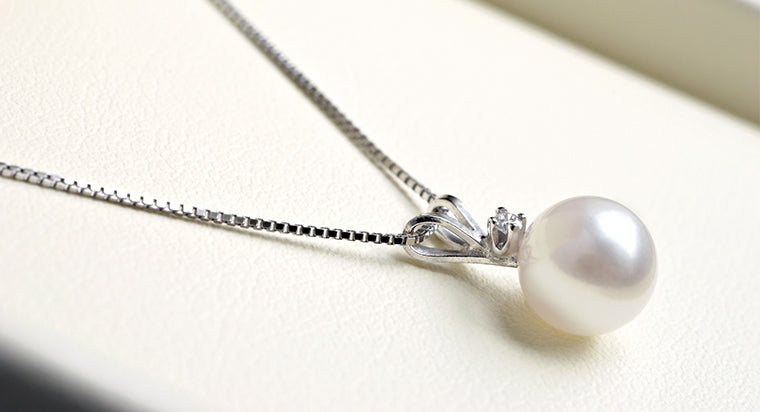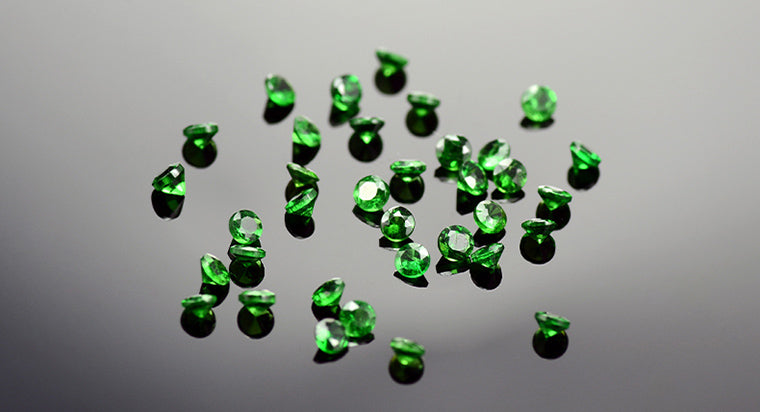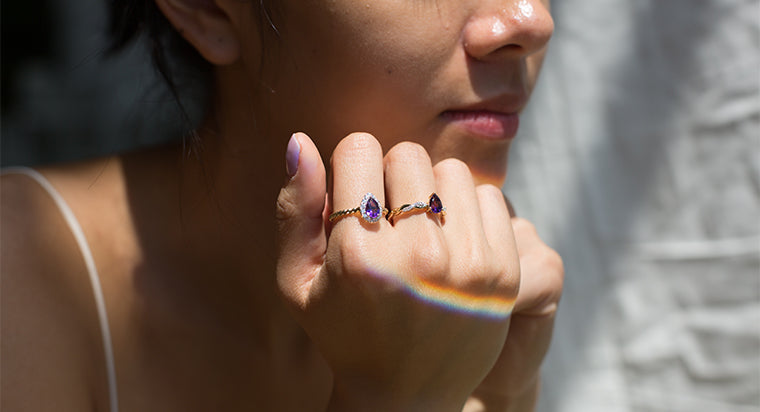How a Sapphire is Cut
The cut of any sapphire is a big determinant in it’s value and appeal. Sapphire rough can be cut into various shapes with different cut styles, depending on it’s quality and color. There are many factors when deciding how to shape and create a polished sapphire out of a rough. With precise and skilled cutting the brilliance and beautiful blue of the sapphire reveals itself and makes a stunning focal point in any jewelry.
TABLE OF CONTENTS
Shape and Carat
The most popular cuts for a sapphire are oval, round and cushion. These are commonly used for all types of jewelry like rings, pendants and earrings. The sapphire is formed with a hexagonal crystalline structure. This enables it to be cut into a variety of shapes that are durable even with regular wear. Shapes like round that require more rough wastage when they are being cut, which means that more rough is thrown away as the sapphire is being faceted, carry a higher price tag. Therefore, the goal of the cutter is to understand which would be the best shape to fashion out of the rough sapphire. Sapphires are also available in all other popular shapes like marquise, heart, pear and princess. The goal is also to maintain carat weight and size, while ensuring that the stone is not cut too deeply. This makes it bottom heavy, while the size from the top does not look large. Important considerations when creating a well-cut sapphire are to ensure that the top of the gem, “the crown” should be even, smooth and symmetrical from all sides. The topmost facet of the sapphire should also be centered to ensure that the gem looks even from all angles. Proper cutting ensures that the sapphire shape looks even and sits beautifully in any piece of jewelry. Learn more about Sapphire Shapes.




Sapphires are typically cut is standard millimeter sizes that vary with each shape. These shapes are used in common sizes. These are calibrated sizes, that are common standards used by jewelers across the world. Uncommon shapes and sizes can be found in larger or unusually colored sapphires. Typically unusual shapes have a higher value. Overall, the selection of a shape and carat weight is a personal choice. Sapphire is a durable gem meaning that regardless of the shape and size selected it can withstand daily use and wear.
Color Consideration
Sapphires are available in a variety of colors that range from yellow, blue, orange, peach, white purple and even teal. However, the common goal when cutting a sapphire of any color is to ensure that the sapphire looks to have even color, tone and saturation throughout the entire gem. Typically, a sapphire that is of a darker shade will be cut to be slightly more shallow to allow more light to reflect within the gemstone. A lighter color sapphire will have more weight at the bottom to bring out more of the color and balance the sparkle. With Clarity gemologists handpick sapphires that have the best saturation and representation of color. When a sapphire is tilted and turned, the blue within it should emit sparkle and life. In higher quality sapphires, cutter ensure that there is no color zoning, meaning that the color looks even throughout the gemstone. This ensures that the sapphire looks beautiful from all angles. More information can be found in our sapphire color guide.
Sapphire Brilliance
While color is the most important consideration in a gemstone, the sparkle it emits is also an important factor in determining it’s value and beauty. The shine that a sapphire emits is dependent on the amount of light entering and reflecting out of the gemstone. A sapphire that is cut optimally will have even facets, symmetrical facets and angles that enhance its sparkle. Visually, a well cut sapphire will be much more appealing. Understanding which type of cut will unleash the most brilliance is an art, but once achieved can add a lot of value to the sapphire.

Types of Cuts

Step Cut
In this cut, the top facet is large and smooth. Working downwards from the top facet, each additional facet it cut parallelly in a manner resembling a staircase. Each level is cut precisely to ensure that it is even with the one before it. When the corners are slightly rounded, the cut is called an emerald cut. This protects corners from breaking or chipping. The emerald cut is one that showcases color beautifully. If choosing an emerald cut, ensure that there are no clarity inclusions in the center of the gemstone, as they can be more visible. With Clarity chooses sapphires with minimal inclusions.

Brilliant Cut
Brilliant cuts are commonly recognized as most new diamonds are cut in this fashion. Brilliant cut sapphires have kite shaped facets which can be up to 58 depending on the shape. The sapphire will therefore sparkle more as light reflects throughout it’s many facets and angles. This cut maximizes the sparkle.

Mixed Cut
A mixed cut combines the emerald cut and the brilliant cut to provide a stunning balance of sparkle and color. Typically the sapphire has a brilliant cut crown and a step cut pavilion (bottom portion). Most sapphires are cut using this method as it minimizes waste and maximizes the color and sparkle.

Cabochon Cut
A cabochon cut is the easiest type of sapphire to produce. It has a dome shaped top that is smooth without any additional faceting. The bottom portion is flat. Cabochons are not as expensive as the other types of faceting styles are and used to produce many different types of sapphire jewelry.
Sapphire Inclusions
The final consideration when faceting a gemstone is understanding the clarity inclusions within it. Inclusions are the natural formations that occur within a sapphire as it is forming within a sapphire. Inclusions can look like silk needles, cracks, fissures or opaque knots. When cutting a sapphire it is important to minimize the appearance of these inclusions especially in the top facet of the sapphire. The more visible the inclusions from the top-down, the less desirable the sapphire. If a sapphire is cut to show heavy inclusions, the gem can look opaque, which inhibits its ability to sparkle and show off color. With Clarity ensures that all sapphires used have minimally visible inclusions to create the perfect balance of beauty and value. Learn more about sapphire clarity.









